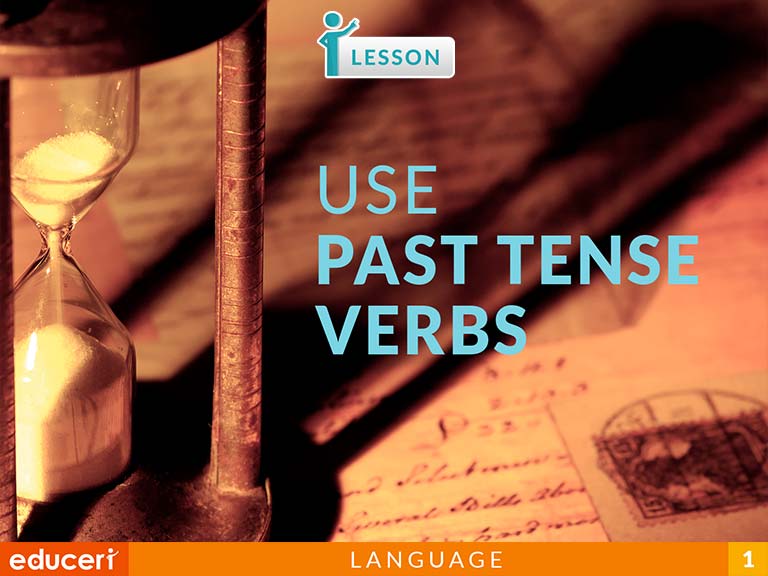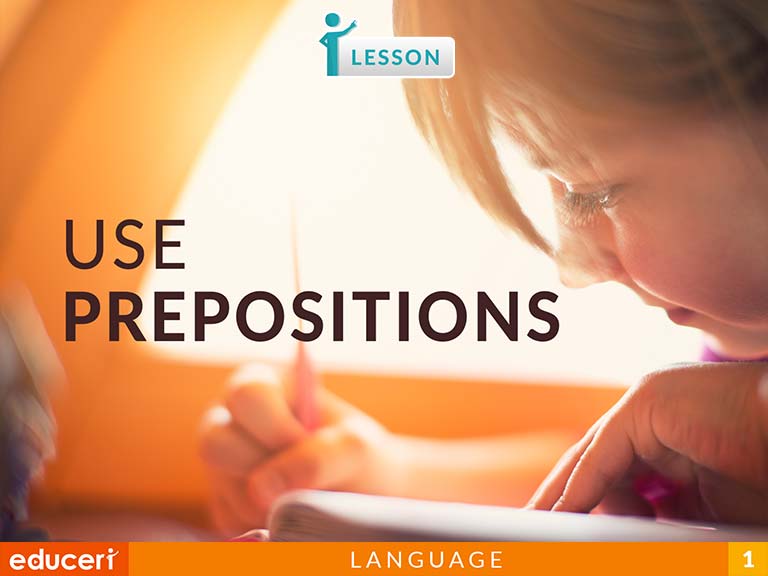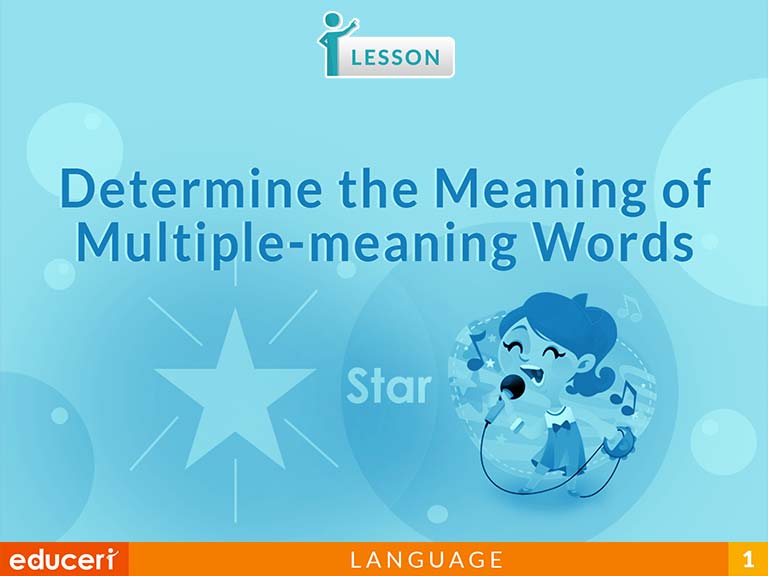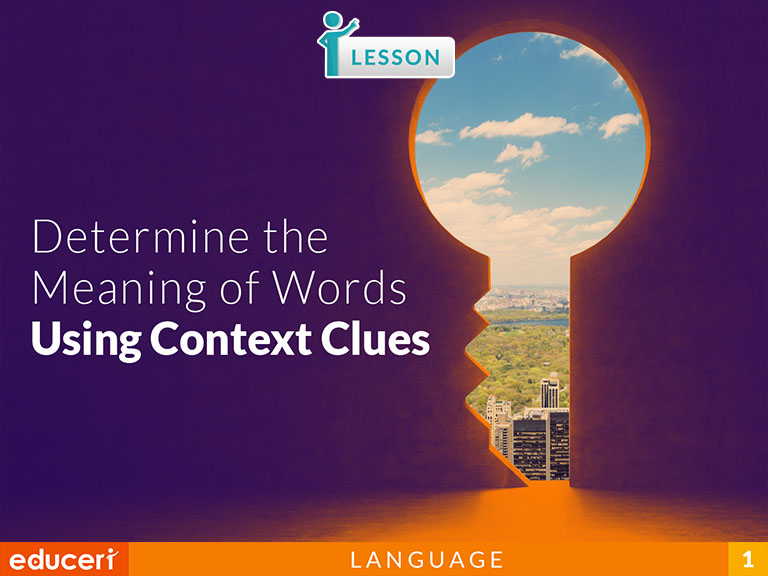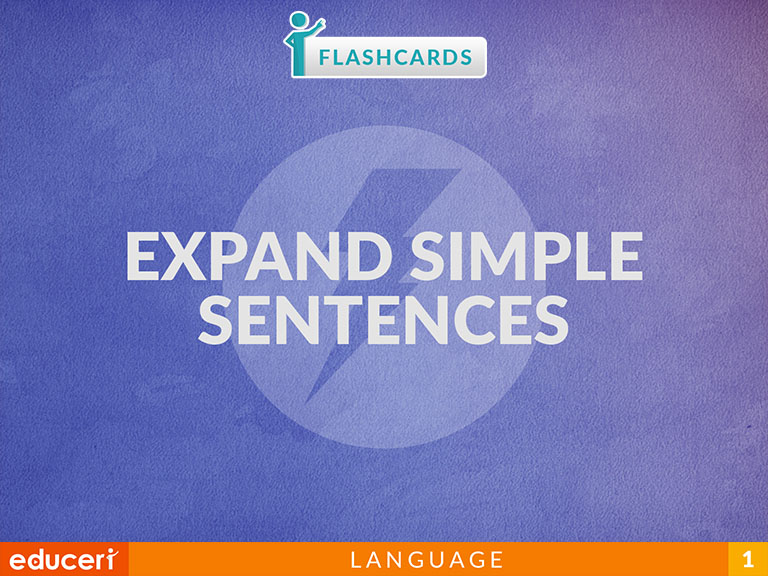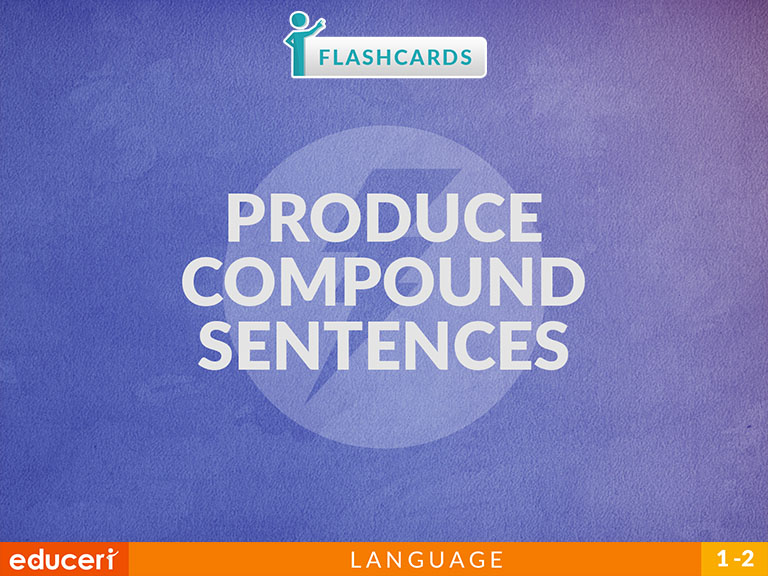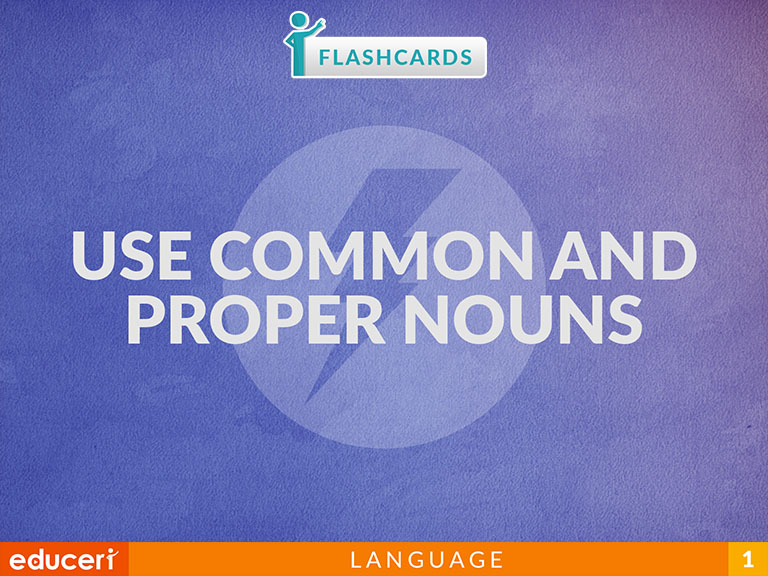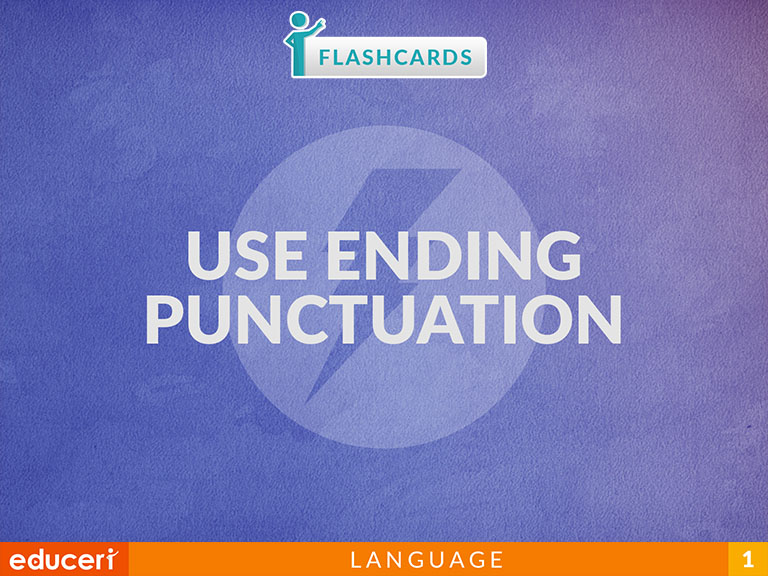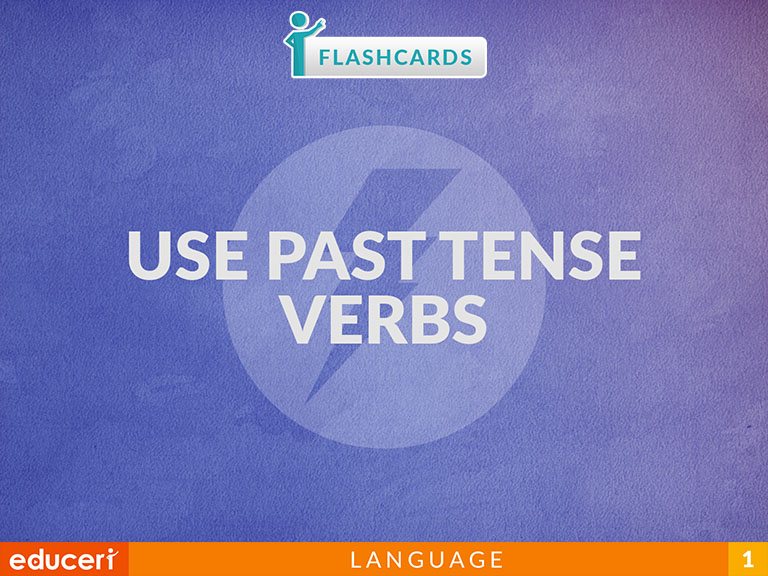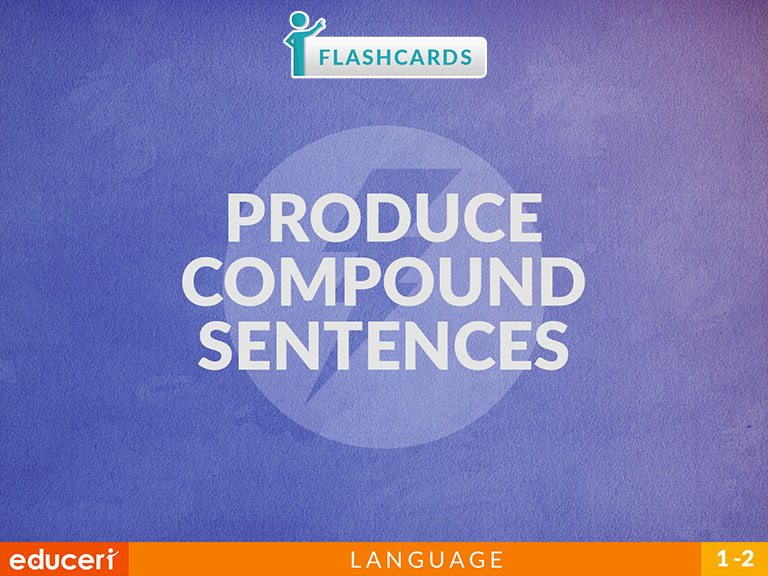All Lessons
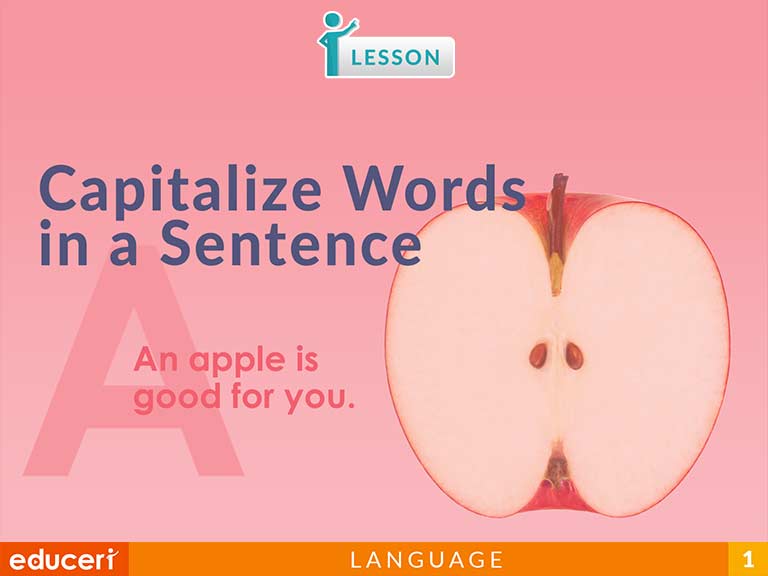
Capitalize Words in a Sentence
This writing conventions lesson focuses on capitalizing words in a sentence. The lesson includes research-based strategies and strategic questions that prepare students for assessments. In this lesson, students identify proper nouns, months and days of the year, and the first word of a sentence to capitalize. In addition to the lesson, there are four pages of Independent Practice and review with questions modeled after current adaptive testing items.
Share This Lesson
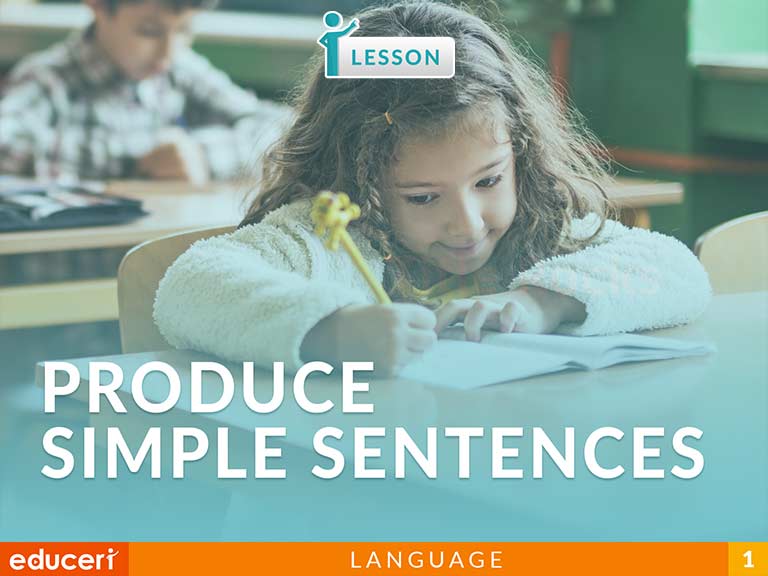
Produce Simple Sentences
This Language lesson requires students to identify and produce simple sentences on given topics. The lesson includes research-based strategies and strategic questions that prepare students for assessments.
Share This Lesson
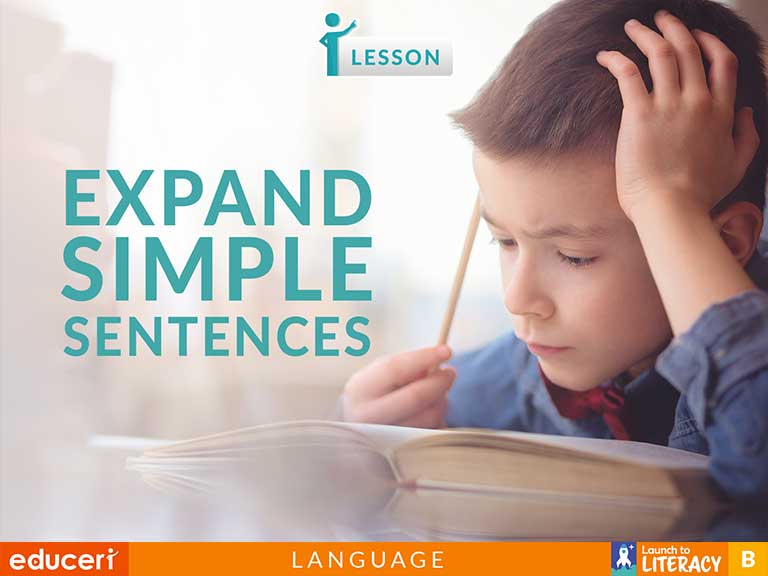
Expand Simple Sentences
Share This Lesson
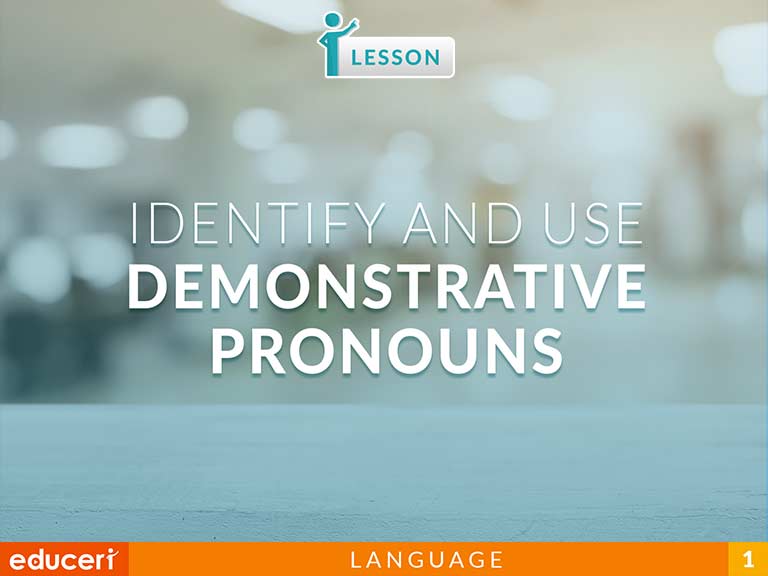
Identify and Use Demonstrative Pronouns
This language lesson has students identify and use demonstrative pronouns. Students should complete subjective and objective pronoun lessons prior to completing this lesson.
Share This Lesson
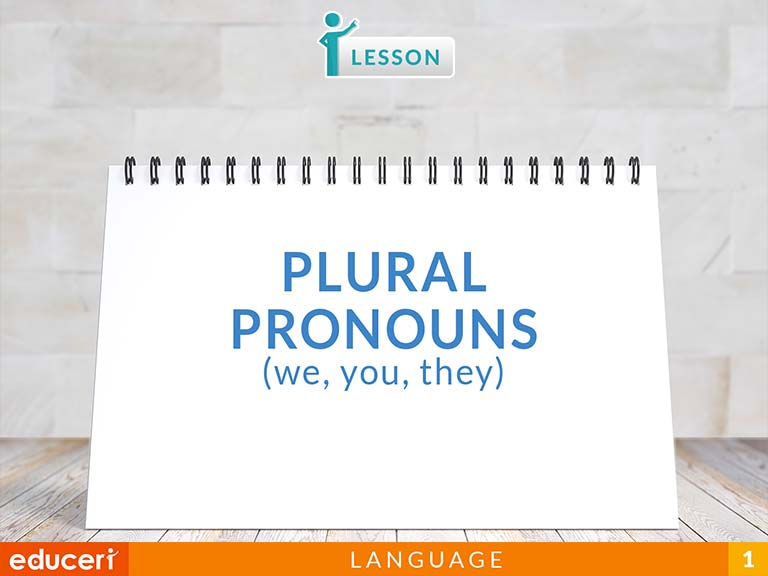
Plural Pronouns (We, You, They)
This language lesson has students identify and use plural subjective pronouns. Students should complete the singular subjective pronouns lesson prior to completing this lesson.
Share This Lesson
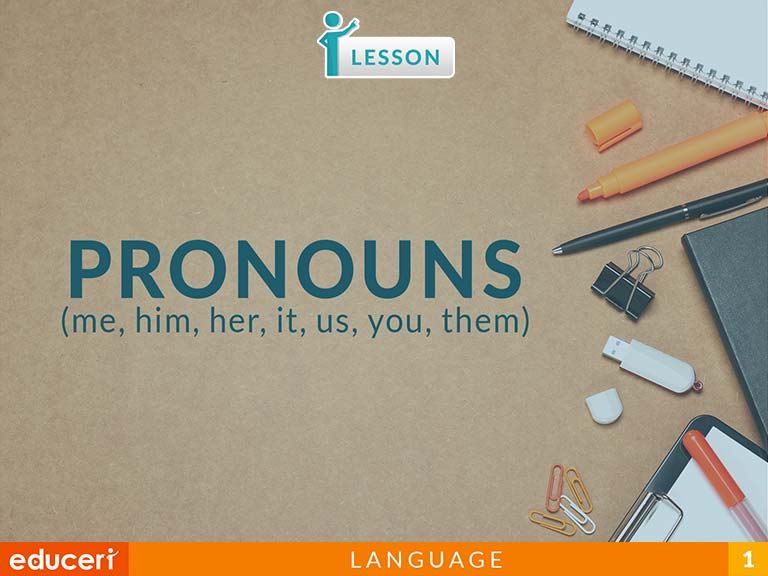
Pronouns (Me, Him, Her, It, Us, You, Them)
This language lesson has students identify and use objective pronouns. Students should complete the subjective pronouns lesson prior to completing this lesson.
Share This Lesson
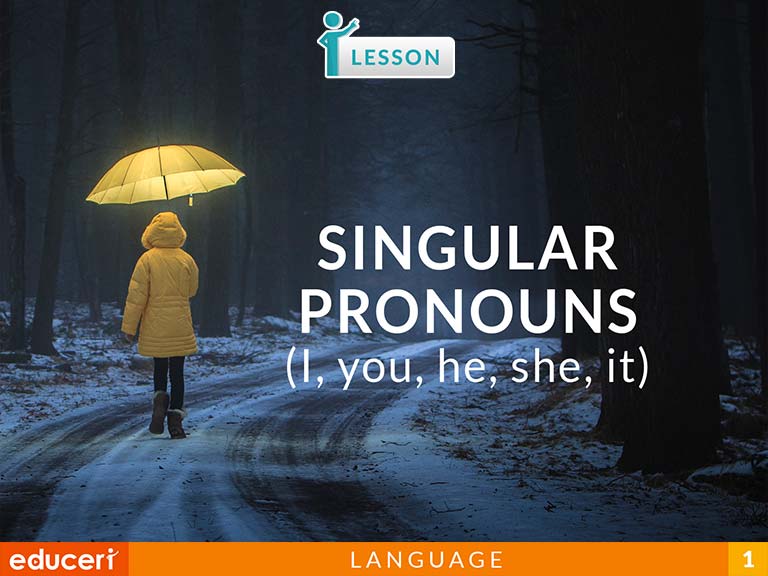
Singular Pronouns (I, You, He, She, It)
This language lesson has students identify and use singular subjective pronouns. This is the first lesson in a series on pronouns.
Share This Lesson
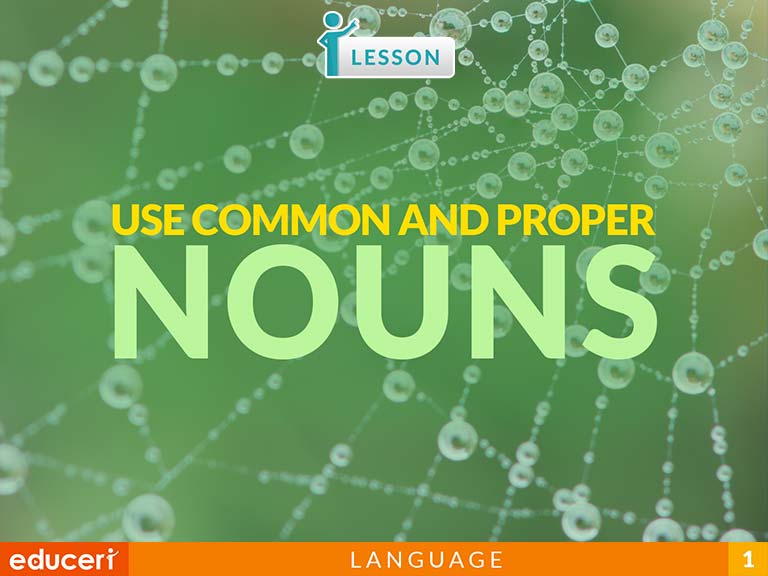
Use Common and Proper Nouns
This lesson is a part of the Launch to Literacy program.
Share This Lesson
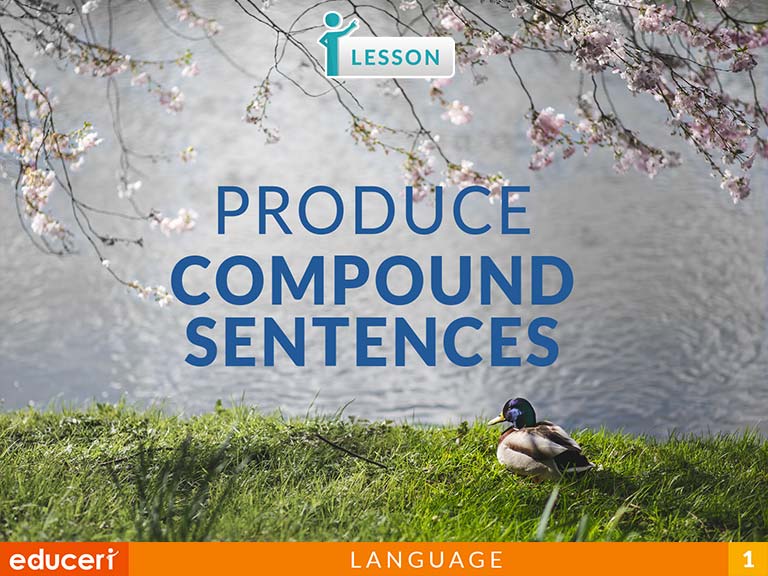
Produce Compound Sentences
This lesson is a part of the Launch to Literacy Program.
Share This Lesson
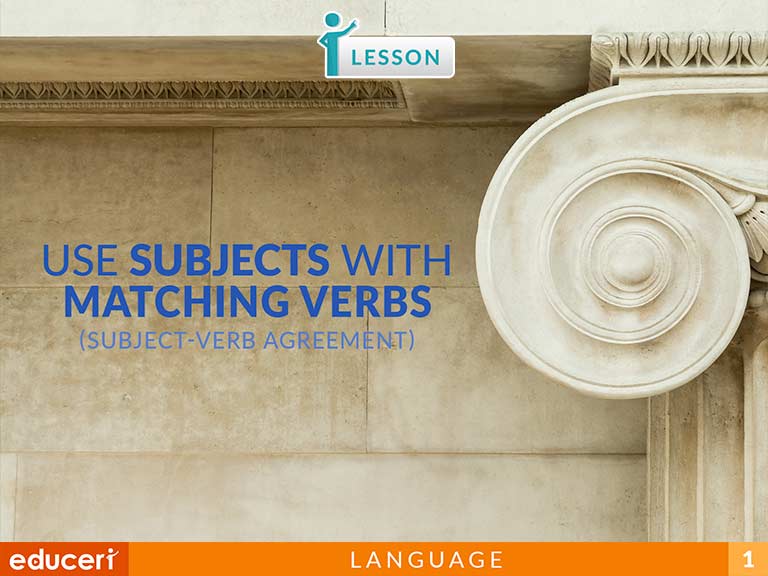
Use Subjects with Matching Verbs (Subject-Verb Agreement)
This lesson is a part of the Launch to Literacy program.
